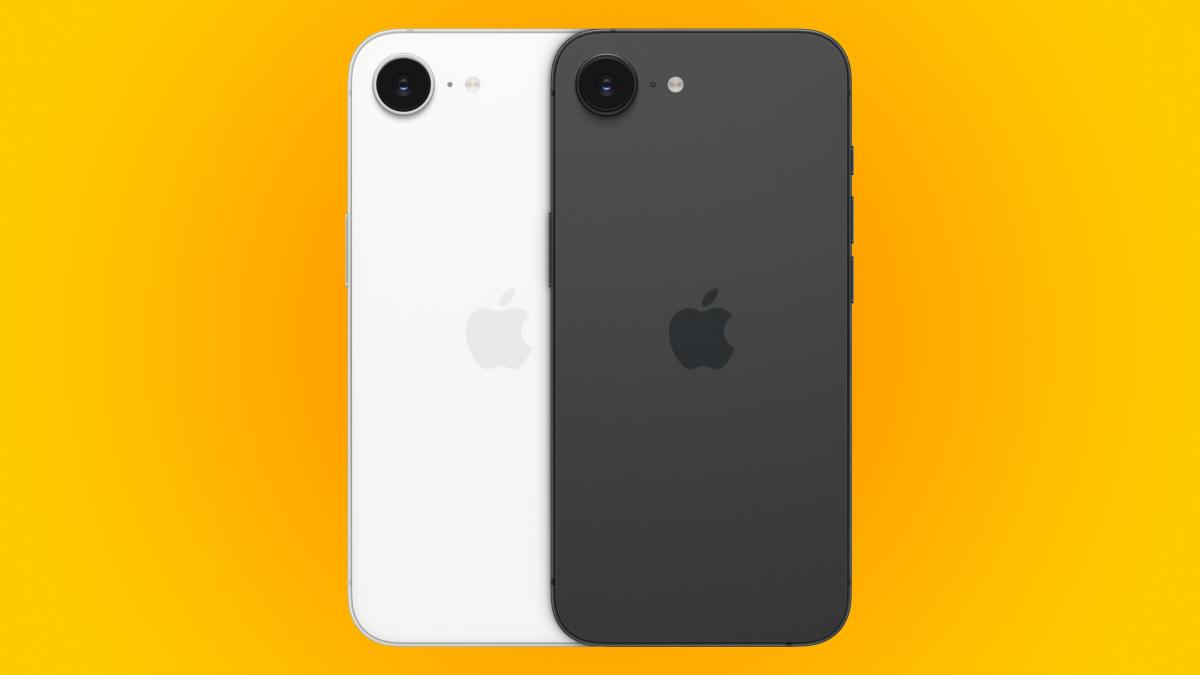The iPhone 16e, which replaces the iPhone SE, boasts numerous features that make it an attractive option, including its A18 chip and OLED screen. However, one notable omission from its specifications is puzzling: the absence of MagSafe on this $599 device.
Although the iPhone 16e bears a strong resemblance to the iPhone 14 and utilizes similar components to the iPhone 16, it does not support MagSafe or fast wireless charging. Instead, Apple expects iPhone 16e owners to be satisfied with the same wireless charging speeds as the 2022 iPhone SE and the minor advantage of using a USB-C port over a Lightning port.
The absence of MagSafe on the iPhone 16e is particularly baffling, given that the feature has been a standard inclusion in Apple’s smartphones since its introduction with the iPhone 12. MagSafe enables strong built-in magnets that allow the phone to attach to cases, mounts, wallets, and stands without requiring additional accessories. Furthermore, MagSafe charging provides faster charging speeds, increasing from 7.5W to up to 25W with the appropriate charging brick.
Moreover, the use of magnets to guide a charger to the charging coils significantly reduces the likelihood of a phone being on a charger without actually receiving a charge. This convenience is likely one of the primary reasons why MagSafe was incorporated into the broader Qi2 wireless charging standard.
However, this does not provide a clear explanation for Apple’s decision to omit MagSafe from the iPhone 16e. The company’s definition of what constitutes a “Pro” feature is constantly evolving, and it often excludes certain features or components to justify a lower price point. Nevertheless, considering that Apple and its partners likely generate significant revenue from MagSafe accessories, it is puzzling that they would not want to offer these accessories to iPhone 16e owners as well.
An interesting aspect of this situation is the Qi2 standard, which has been available for phone manufacturers to adopt since 2023 but has not seen widespread adoption beyond Apple’s devices. Even a company like Samsung, with ample resources, has not fully integrated Qi2 into its flagship devices, instead offering a separate case that enables Qi2 charging on the Galaxy S25. Other Android manufacturers have also failed to adopt Qi2, with devices like the Pixel 9, Motorola Razr+, and Galaxy Z Flip and Fold 6 not supporting the standard. It is possible that incorporating Qi2 or MagSafe is more expensive or challenging than it seems, and Apple’s decision to exclude it from the
Source Link





